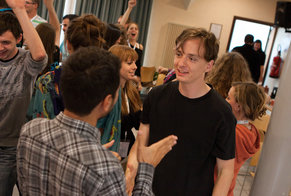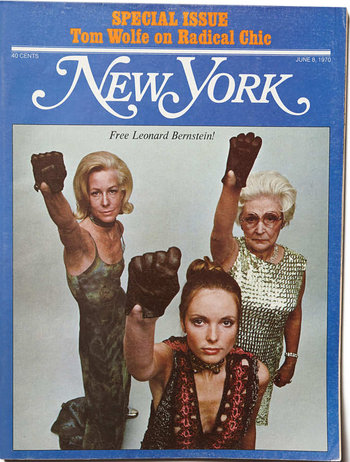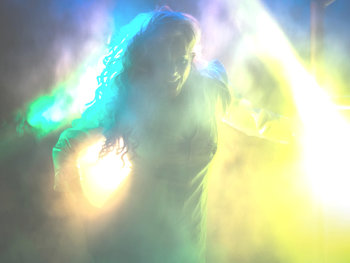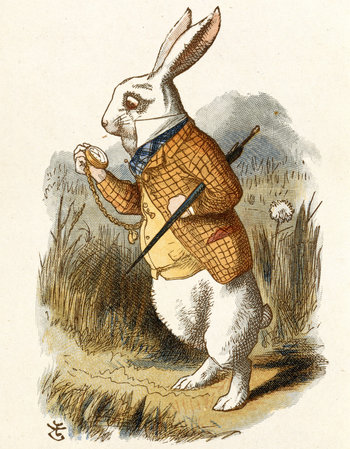
Figurative Language
Figurative language is a storytelling technique that uses nonliteral phrases to make stories and information more interesting. Such phrases are literally untrue but may communicate meaning nonetheless. Personification is one flavor of figurative language that assigns human characteristics to non-human entities. For example:Objects | My phone is being a jerk.This bottle is stubborn, it won't open.That cookie is calling my name. |
Animals | My dog is a liar. |
Nature | The sea is angry this morning.Thunder screamed out.The flowers were all happy to see Spring.A sad moon hung in the sky. |
Events | That concert was crazy.Christmas welcomed us with snow. |
Concepts | It was a bitter dimension void of reason.Happiness doesn't like Mondays. |
Digital Entities | The madness of the machine.That game wouldn't let me go.This app is unfriendly. |
Analogy
An analogy is a comparison between two things that conveys meaning. Any analogy that assigns human characteristics to the nonhuman is personification. For example, "the sea is a cruel mistress."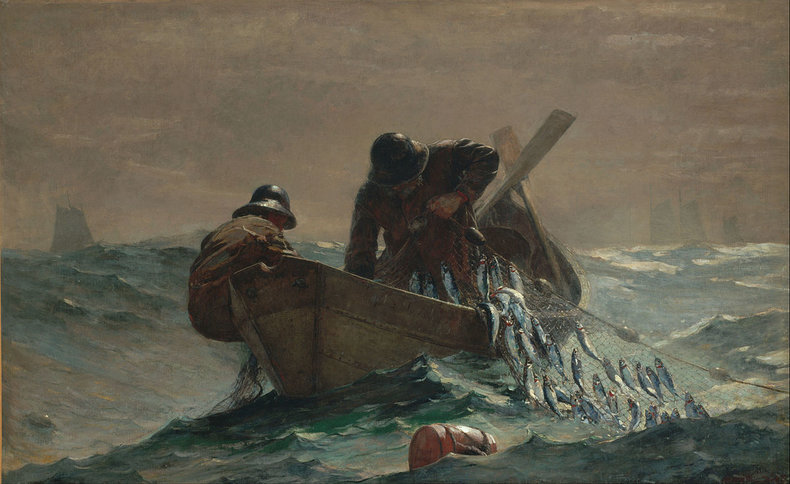
Allegory
An allegory is an extended analogy that may be non-obvious such that it requires significant interpretation. In art, it is common for abstract concepts such as justice, envy or freedom to be represented as people. For example, the painting Allegory of Summer and Winter by Giovanni Pittoni (below).
Anthropomorphism
Anthropomorphism is the literal portrayal of a non-human entity as having human characteristics. This is a step beyond a personification that is typically more of a literary or artistic device. For example, a cartoon where all the animals have human-like jobs such as doctor and police officer. It should be noted that the term anthropomorphism doesn't apply to shared characteristics of animals and people such as the ability to feel emotions. The line between anthropomorphism and personification is completely blurry as a story can appear to literally portray animals as human but this may just be an allegory. For example, the novel Animal Farm by George Orwell appears to be an anthropomorphism that portrays animals as human but this is an allegory for certain political events of the 20th century.
Myth
It is common for myth to represent Gods, nature, animals, objects and the supernatural as having human characteristics. For example, Japanese folklore depicts foxes as highly intelligent beings that grow powerful with supernatural abilities as they age. One popular legend that has several variations involves foxes marrying each other in elaborate ceremonies and seeking revenge on any uninvited guests. Such myths are reenacted in plays and festivals.
Embodiment
Embodiment is the suggestion that a person or thing is representative of an abstract concept that has no physical form itself. When applied to a person, embodiment is personification. For example, "she is integrity itself."
Anthropic Principle
The anthropic principle is the idea that the universe has to be consistent with the life form that observes it. In other words, the universe is consistent with human life. This has both strong and weak forms. Weak forms simply state that because humans exist, the universe is consistent with human experiences such as time and 3-dimensional space. Strong forms of the anthropic principle suggest that the universe is made for life and not the other way around. The validity of these theories are foundational problems in physics and philosophy. The anthropic principle supports the use of personification to model the universe. For example, Einstein's famous thought experiment about a streetcar racing away from a clock at the speed of light. The clock would appear to be stuck in time from the perspective of a person on the streetcar looking back. Einstein credited this thought experiment with inspiring the Theory of Relativity.
| Overview: Personification | ||
Type | ||
Definition | The attribution of human characteristics to a nonhuman entity. | |
Related Concepts | ||






